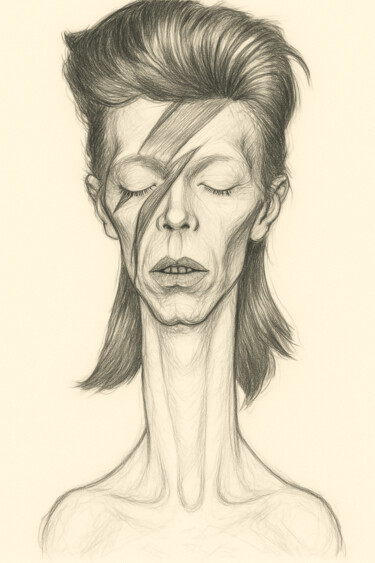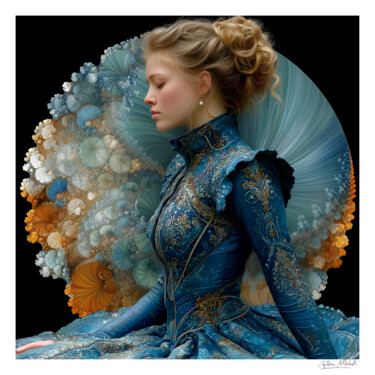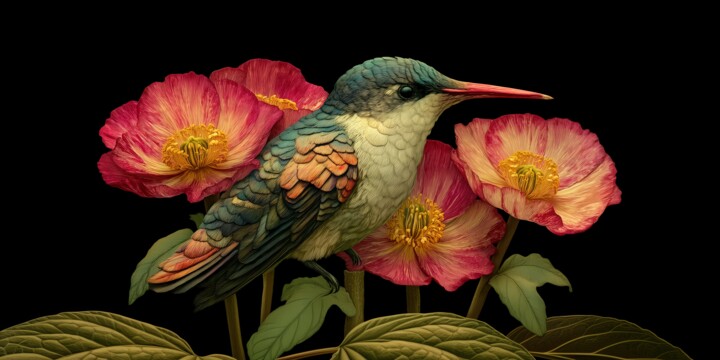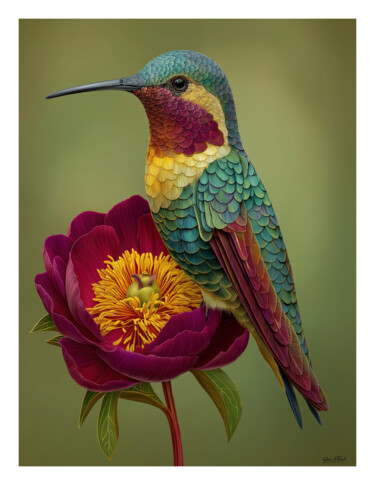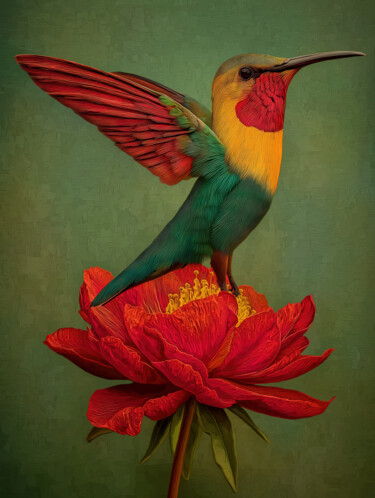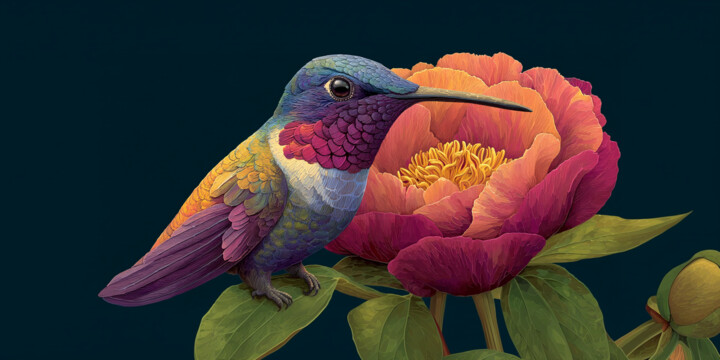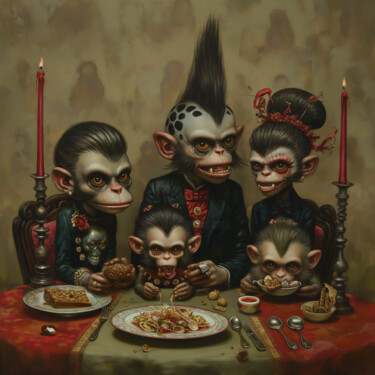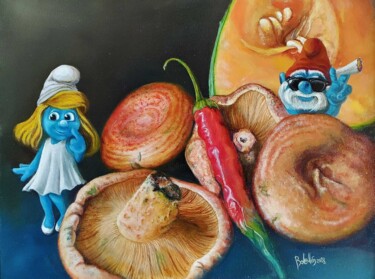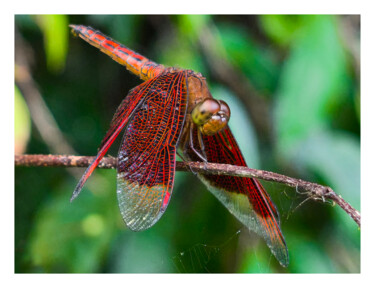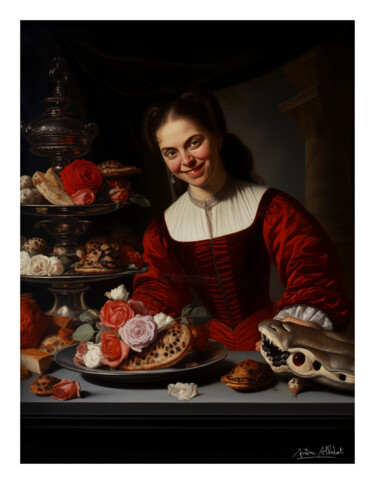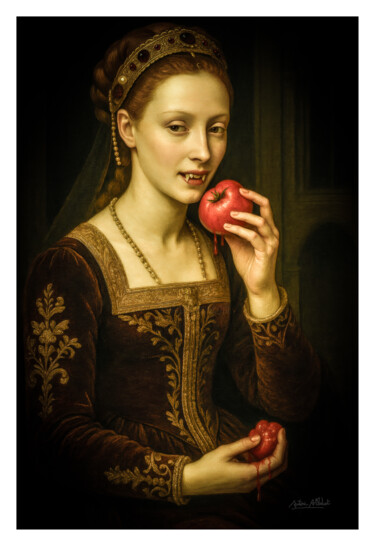Antoni Albalat Salanova
All artworks by Antoni Albalat Salanova
All Ziggies, Ziggy • 7 artworks
View allEach piece is a different Ziggy, but all echo Ziggy. The cosmic androgyne, the decadent crooner, the haunted pierrot, the futuristic dandy, the mute of spectral Berlin. Fractured mirrors of an icon who turned artifice into truth, and pop into a path of self-exploration.
All Ziggies, Ziggy is a tribute to multiplicity, aura, and fragility. To a face that never wanted to be fixed — and for that reason, remains unforgettable.
Tepid Matter • 4 artworks
View allThese bodies are not displayed, but offered. There is no gesture of seduction, only presence. The food is not for consumption, but residue, accident, trace. The scene proposes no narrative — just a dense instant, closed in on itself.
Tepid Matter plays with contrast: red against yellow, fabric against flesh, raw against cooked. Yet the tone is not violent, but intimate. Each image is a sealed chamber where something slowly softens.
Korean Style Still-lifes • 4 artworks
View allThere is restraint in the composition, but not coldness. The textures are soft, the colours muted, the light respectful. Emptiness plays an active role, allowing each object to speak.
Rather than abundance, these works evoke balance. They do not ask to be admired, only to be seen — fully, attentively, as if nothing were more urgent than a jar resting on a wooden table.
HUMMINGBIRDS • 5 artworks
View allStripped of motion, the bird reveals something else: a quiet defiance, a concentrated elegance. The colours remain vivid, the body compact and precise, like a thought ready to take off.
These hummingbirds are not decorative. They are meditations on patience, control, and potential energy. In every posed bird, there’s the memory of flight—and the decision to wait.
Singeries • 2 artworks
View allThe colours are deliberately expressionist, the forms slightly distorted, and the situations absurd, as if the monkeys had escaped from a theatre with no director. A kind of post-natural commedia dell’arte, where laughter catches in the throat and beauty dirties its hands.
The singeries, as 18th-century painters called them, return here to speak of our own time. In these works, there is no parody without affection, no irony without a wound. Each monkey is a poorly answered question.









